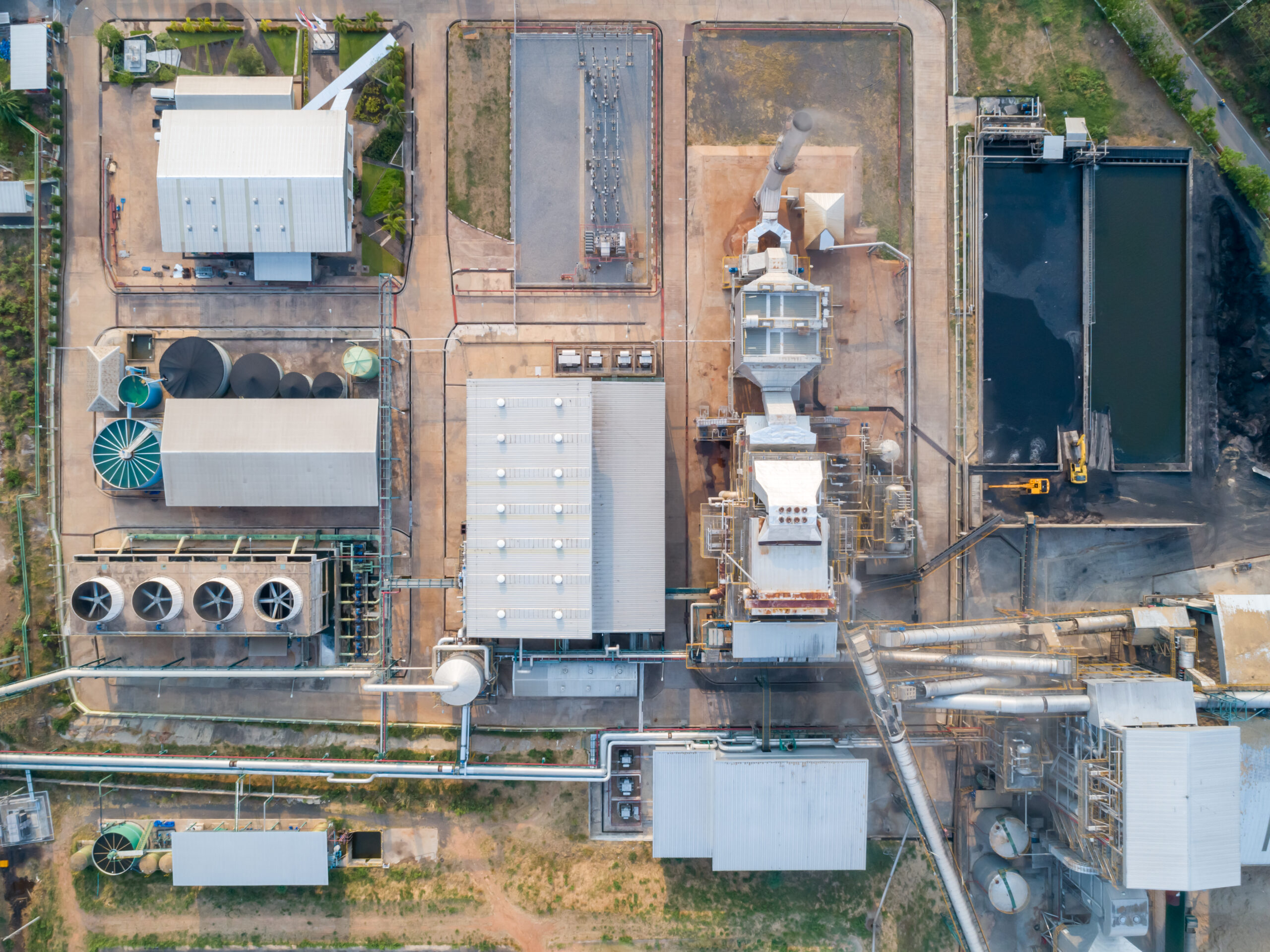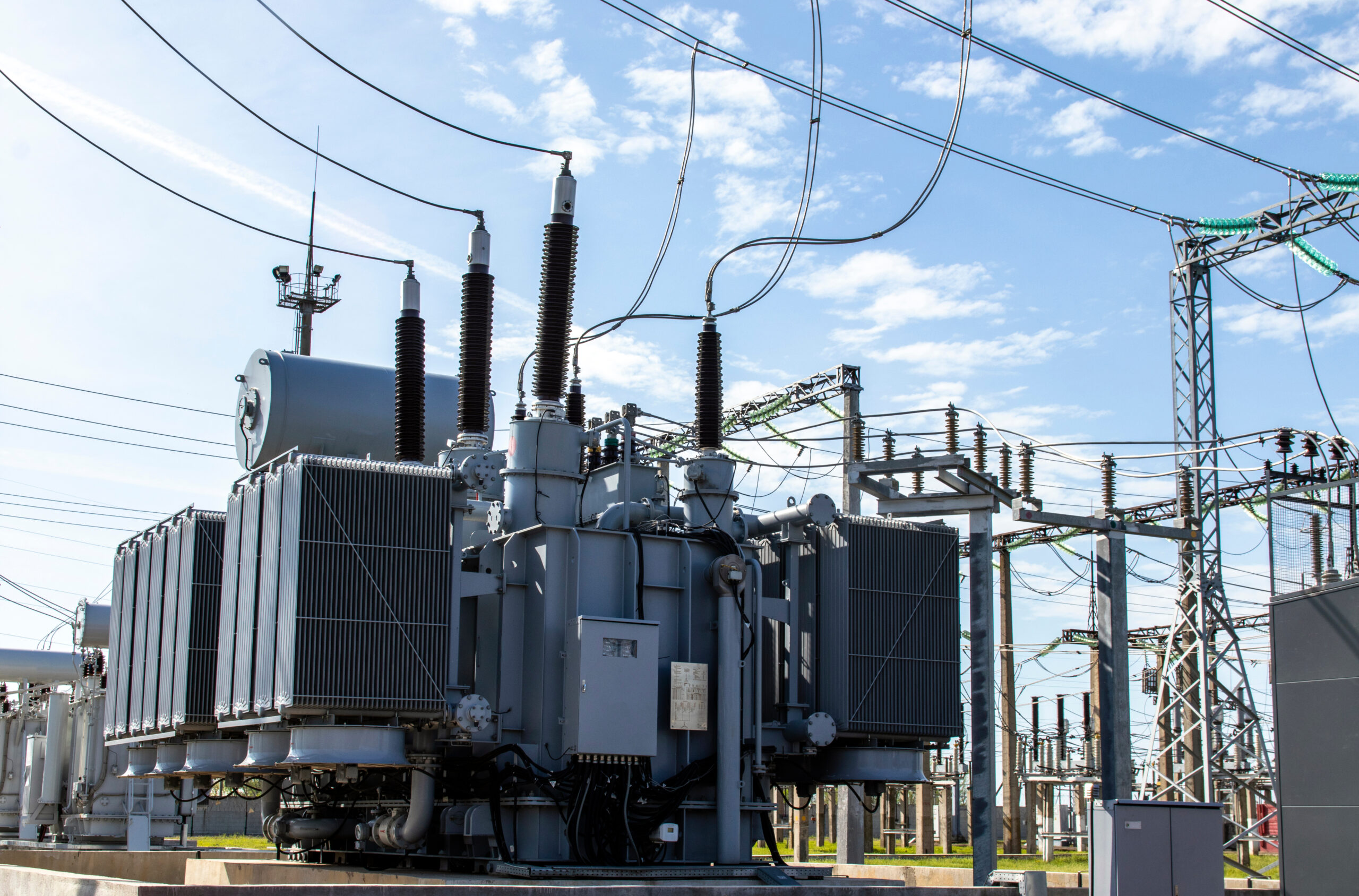Join our webinar: “Germany vs Netherlands” – how battery returns & investment cases stack up in 2 key current focus markets for BESS investors – more details below this article.
“BESS assets may see charging prices rising from deeply negative levels to around 0 £/MWh”
The GB transmission network is struggling to keep up with the pace of wind deployment. This is causing increasing network congestion and wind curtailment. System balancing costs are rising rapidly as a result.
Batteries (BESS) are likely to be a big part of the answer to this problem. They can absorb large volumes of surplus energy in periods of high wind output. BESS is also relatively quick & cheap to deploy versus transmission upgrades.
While this sounds like a major tailwind for BESS investment, there are some key practical challenges to monetising congestion management value.
In today’s article we look at a summary of the locational opportunities across the UK. We also look at recent policy & regulatory developments that are set to have an important impact on BESS congestion revenue capture. Then we finish by recapping 5 key factors to consider on constraint value capture when building and investment case.
While we focus on the GB market in the article, many of the issues & considerations are relevant for power markets across Europe.
Where are the revenue capture opportunities?
In a nutshell, the congestion problem the UK faces is caused by:
- Demand focused in the south, where existing thermal generators are steadily closing
- Generation capacity growth is focused in the north, particularly in Scotland where the majority of new offshore wind capacity is set to come onshore.
This is causing major network constraints flowing power south from Scotland, but also in some other areas of the network.
We regularly work with BESS investors to analyse & project constraint revenue value capture for specific projects. To enable this we have developed a network optimisation model of congestion volumes in 37 zones across the GB network.
The model uses a nodal network representation where the interconnection of nodes (transmission boundaries) are modelled using mathematical constraints. The algorithm uses an optimisation technique called linear programming and solves at an hourly granularity.
Our modelling shows that constraint revenue uplift is very dependent on the specific location of BESS assets on the network, but we summarise some high level takeaways in Table 1.
Table 1: Some key areas of potential congestion opportunity for BESS
A key factor to consider for all these locations is how the bid pricing that drives BESS revenue capture may evolve.
Wind bid price dynamics have a major impact on BESS revenue
BESS assets can earn incremental revenue from bidding into the Balancing Mechanism (BM) to soak up surplus energy to alleviate system constraints.
The marginal price of BM system constraint actions is typically set by the marginal cost of assets providing this flexibility, currently dominated by the curtailment of wind assets.
Wind units currently account for subsidy recovery within their bid price as the subsidy is paid out depending on the MWhs of energy generated i.e. if a wind asset is curtailed (bid down), it does not receive the subsidy.
This leads to bid prices anywhere between -£60/MWh for wind with ROCs or potentially lower for CfD units whose subsidy is pegged to the Day ahead price. Very negative bid prices where subsidy recovery is in play mask the actual consumer cost of taking a bid causing distortions to the consumer cost merit order of actions available to the Electricity System Operator (ESO).
Other units, e.g. non subsidised wind, pump storage or BESS can also benchmark (or ‘shadow price’) bids to marginally undercut the negative price bids of subsidised wind (materially increasing BM costs).
These deeply negative prices are an important source of BESS constraint revenue capture, but one that is directly impacted by a new regulatory modification.
The impact of P462 modification on BESS revenue capture
A key reform (Balancing & Services Code Modification P462) is under consultation where ESO wants to explicitly pay wind units subsidies regardless of BM bidding. If implemented, this should result in wind (& other) assets submitting bid prices based on opportunity cost which in most cases is close to £0/MWh.
Chart 1 illustrates the potential impact of P462 on negative bid prices in the BM, a key source of BESS constraint revenue capture.
Chart 1: Impact of P462 in reducing negative BM constraint action bid prices

Source: Timera Energy
The left hand panel of the chart illustrates deeply negative bid pricing driven by (i) subsidy recovery of wind assets (ii) merchant wind & storage ‘shadow pricing’ vs subsidy backed wind assets. We show a – 60 £/MWh ROC driven example in the chart, but in practice this can vary significantly depending on what assets are setting marginal bid prices and the influence of RO vs CfD subsidy mechanisms.
The right hand panel of the chart shows an illustration of BM bid prices in a post P462 implementation world, at levels close to 0 £/MWh.
P462 looks increasingly likely to go ahead, with clarity likely by early 2025. Even if this particular reform doesn’t go ahead, there are other reforms proposed through REMA which will likely have a similar impact (e.g. deemed generation CfDs).
Regulator scrutiny is already eroding negative bid prices
Under a key generator licence condition (TCLC), generators have a responsibility to ensure bid prices submitted during constraint periods do not result in excessive benefit.
Ofgem has stepped up is scrutiny of wind & pump storage bids across the last year e.g.
- Ofgem opened a new investigation on wind bid pricing being excessive given a £100 mil extra in consumer costs in 2023
- Dorenell Wind farm (CfD contracted) has been fined £5.53 million due to submitting excessively low bid prices during periods of high power prices across 2021-22
- SSE’s Beatrice offshore wind farm has been find £33m recently for similar reasons to Dorenell – effectively precluding wind farms from putting an artificial cap of £0/MWh on their bid prices regardless of how the Day Ahead price clears.
- There have also been fines against SSE (Foyers Pump Storage) and Drax (Cruachan Pump Storage) in 2023 relating to excessively expensive bid pricing.
These actions are already impacting the bidding behaviour of wind farms. Chart 2 shows the bid prices submitted by Dorenell wind farm. Prior to the Ofgem fine it had an artificial cap of £0/MWh on its bid prices regardless of DA price outturn. This has now been removed and bid prices can be positive during periods of high DA price.
Chart 2: Post penalty change in Dorenell wind asset bid pricing

Source: Timera, EPEX, ESO
Ofgem fines are likely to induce wide-spread adjustments to wind bid prices, with asset optimisers becoming less aggressive and more compliant with TCLC. This is set to impact the BESS system BM uplift investment case in constrained regions as BESS will not be able to benefit from ‘shadow pricing’ its bid prices against very low wind prices.
Ofgem actions against pump storage show that if storage optimisers adopt a very aggressive bidding strategy to increase benefit derived from being located in a highly congested area such as Scotland, there is a risk of TCLC breach and fines.
What about the REMA impact on value?
Zonal pricing is being considered as an alternative to a national level power price in the current REMA consultation. This would mean that GB would be split into multiple zones each with its own power price.
If zonal pricing is implemented, it will act to disincentivise investment and dispatch in congested zones (such as Scotland) to help reduce congestion. This would mean congested zones are also likely to see a decrease in wholesale prices, likely having a material impact on BESS capture of BM system constraint value.
It is important to note however that REMA would likely be accompanied by changes in transmission network charging (TNUoS) which would likely reduce the network fee burden borne by e.g. BESS in Scotland. Reform for TNUoS for storage assets is already under consultation (via CMP393).
5 key factors driving BESS constraint revenue uplift
The changes to bidding price levels & behaviour we set out above are not the end of the BESS constraint value opportunity. BESS still has a key role to play in alleviating system congestion.
However the changing regulatory landscape reinforces the importance of a structured approach to building a viable BESS asset investment case. We finish by recapping 5 key factors investors should consider with respect to constraint value capture.
Table 2: 5 considerations for BESS investors on constraint revenue
From a system management perspective it is a ‘no brainer’ to use batteries as a tool to alleviate congestion. But there is no guarantee that this translates into a compelling investment case for individual battery projects.
A robust investment case for a constraint management focused battery project should be underpinned by a quantitative set of answers to the five questions in the table.
Join our webinar for more details on DE & NL BESS investment
If you are interested in BESS investment in Nth West Europe and an in-depth discussion across our experts, you can join our upcoming webinar (details below).
Webinar topic: “Germany vs Netherlands” – how battery returns & investment cases stack up in 2 key current focus markets for BESS investors
Time & access: Wed 10th Jul 10:00 CET (09:00 BST)
Registration: Pre-registration required (access is free); webinar registration link – register here
Focus:
- Why BESS investors are focused on DE & NL in 2024
- BESS revenue stack performance & value drivers (inc. backtest analysis)
- Offtake, optimiser & financing dynamics across the 2 markets
- Value impact of NL grid fee reform vs DE grid fee exemption
- Key BESS investment case risks & challenges in DE & NL.



